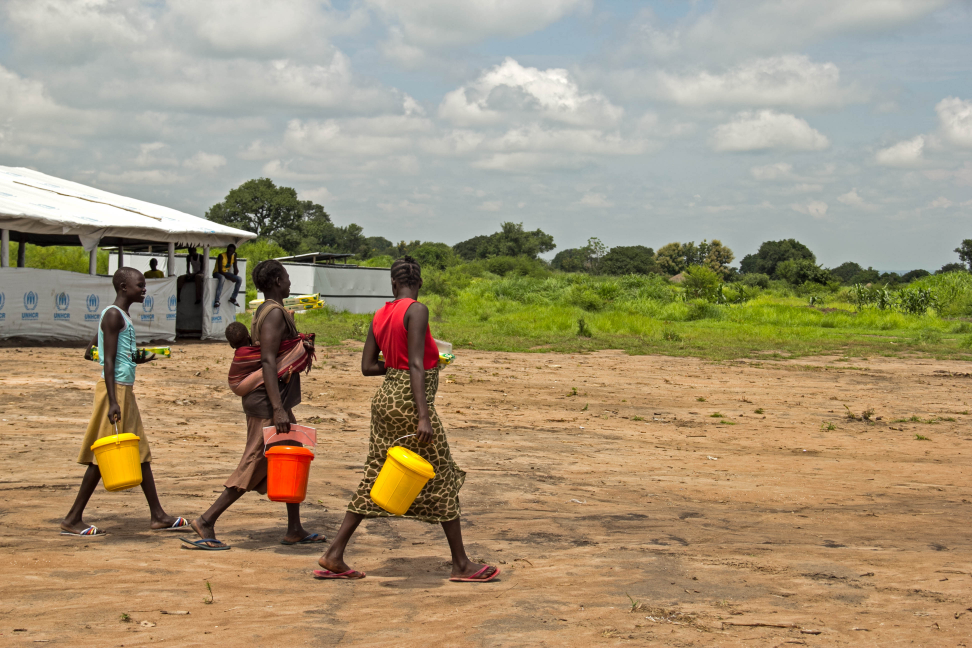Supporting people making decisions about shelter after disasters.

The New Year finds us putting together our draft report on the type of technical evidence that already exists and this is probably a good time to share one of the unexpected things that our work has exposed.
What we are realising is that we don’t know much about how technical evidence is actually being used after it is produced (scroll down to see how we define technical evidence).
Our project is concerned with how technical evidence is used in strategies and decision-making. For organisations like UCL and Arup, that are potentially producing seismic and engineering analysis after disasters, the question is: what do our documents tell you and how does this affect what you decide to do?
This is partly about the content and presentation of the technical material and this has been the focus of our work so far. But the second part of the question is about the decision-making processes inside, for example, the affected government, the international humanitarian system, aid agencies, communities and households.
We have to accept that this project is not yet at a scale where we can properly engage with governments, communities and households on their decisions and precisely what information would be useful and when. But at least this work underlines that this sort of engagement is essential in the development of technical advice. For now, what our team can do is look at how decisions are made by theShelter Cluster and by CARE.
The reality, at least experienced by our team, is that many decisions are made on a ‘this is the best knowledge we had at the time’ basis. What we’d like to be able to explain to each other and to people outside the project is how we use this knowledge to inform decisions. This can be quite difficult to understand from the outside looking in so we started by asking how the Global Shelter Cluster explains strategy making.
The Global Shelter Cluster is charged with “developing agreed response strategies and action plans for the shelter sector”. To help its staff do this, the Shelter Cluster summarises the elements of a strategic plan with frequent reference to the shelter sector’s well-thumbed PDF Transitional Settlement and Reconstruction After Natural Disasters. The essence of the Shelter Cluster’s strategy is to identify the humanitarian priority and then around this priority, strategy development is ideally a process of coordination and participation, analysis, resource allocation, assessment of needs and planning for different scenarios.
So, the strategy-making starts with a decision about priorities and we think that there are three questions that the cluster and other aid agencies probably ask when they try to identify the humanitarian priority. We are using these three questions to help us work out whether technical evidence, as it stands, can help to answer any of these strategic questions.
- Who is affected (and who is vulnerable)? The humanitarian mandate is about meeting the needs of the most vulnerable so this is important in understanding the humanitarian priority.
- Where are the affected (and vulnerable groups and individuals)? Resources will always be limited so working out where people are helps to prioritise, strategise and plan.
- How are people affected (and what are their capacities, needs and vulnerabilities)? A good strategy has to cater for a variety of situations and options and solutions so that humanitarian shelter solutions support what people can do for themselves and fits their circumstances.
Reading these questions, you can probably see ways that engineers and scientists might feed useful information into the strategy-making process. But you might also wonder what questions to expect from communities and families making decisions about shelter. We will touch upon this as we go forward and our next blog will look at how we use the evidence contained in photography and maps.
Kate Crawford, UCL
Stay updated
Sign up for our newsletter to receive regular updates on resources, news, and insights like this. Don’t miss out on important information that can help you stay informed and engaged.
Related articles
.png)


Explore Elrha
Learn more about our mission, the organisations we support, and the resources we provide to drive research and innovation in humanitarian response.